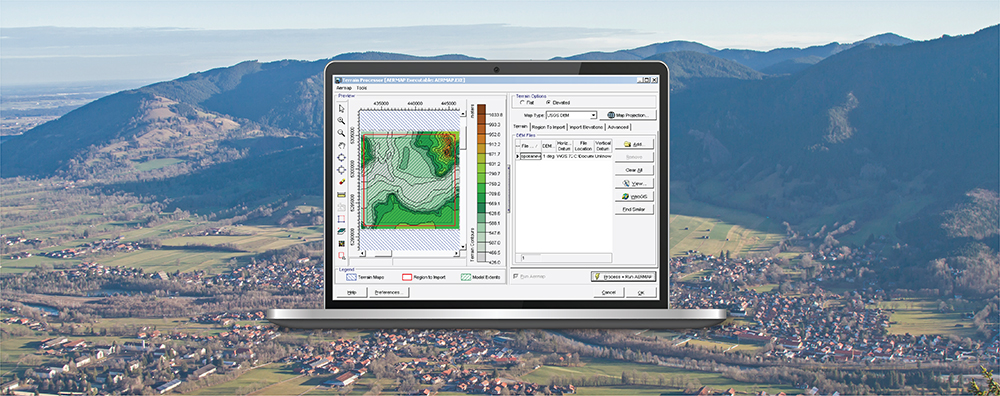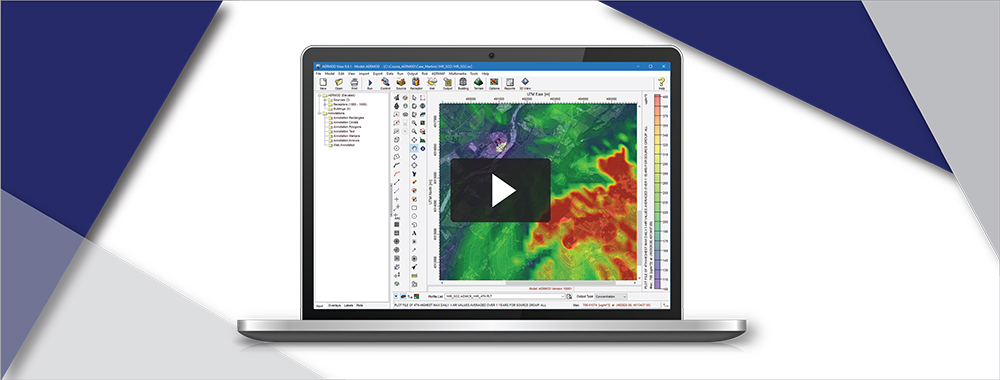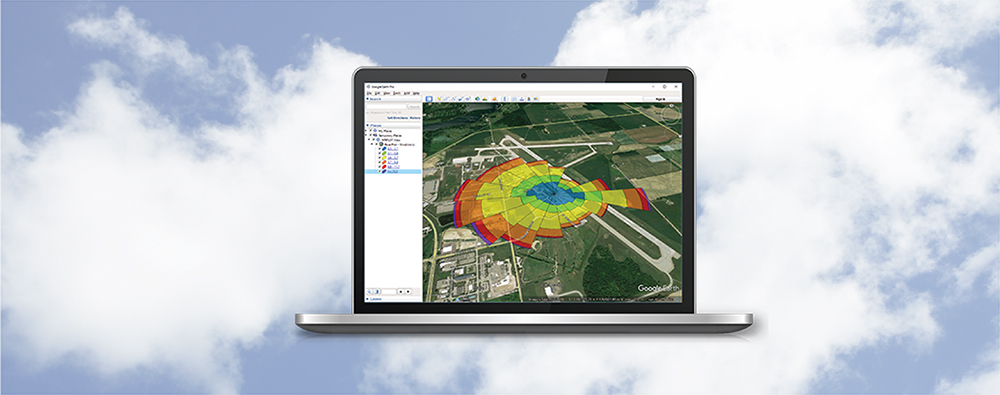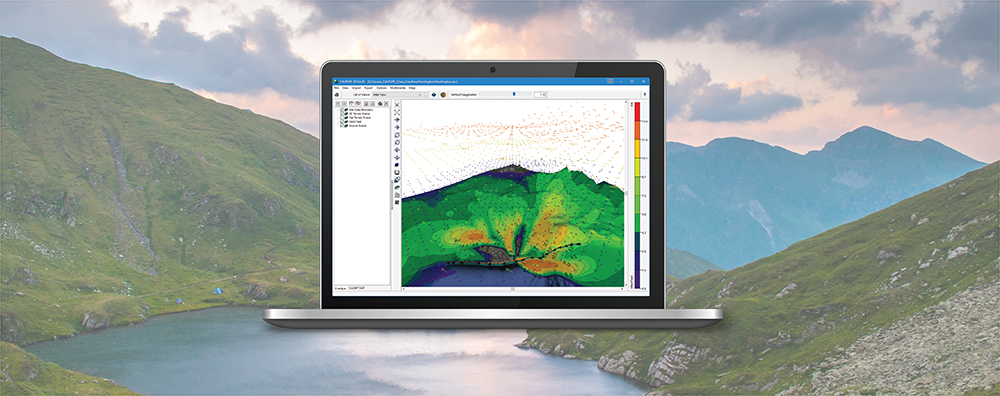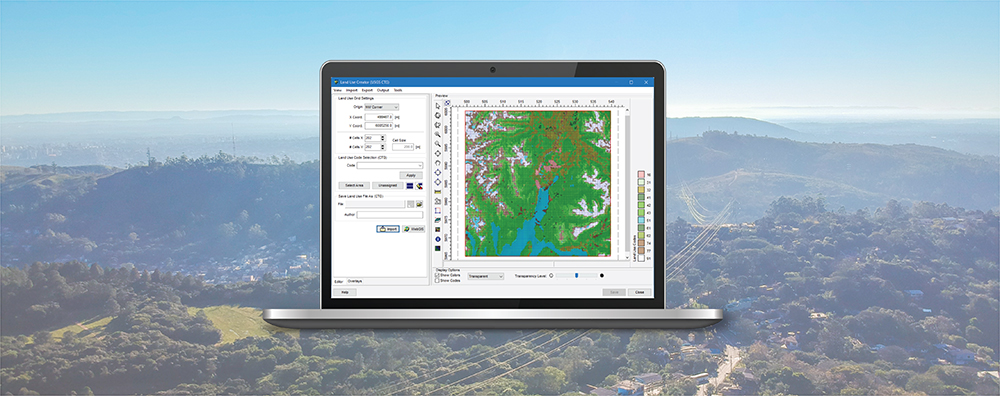AERMOD View: Ontario: How to Handle Missing Elevations
As we described in a previous Modeling Tip, the Ontario Ministry of the Environment, Conservation and Parks (MECP) now distributes Canadian Digital Elevation Model (CDEM) data in GeoTIFF format via a portal on their website.

